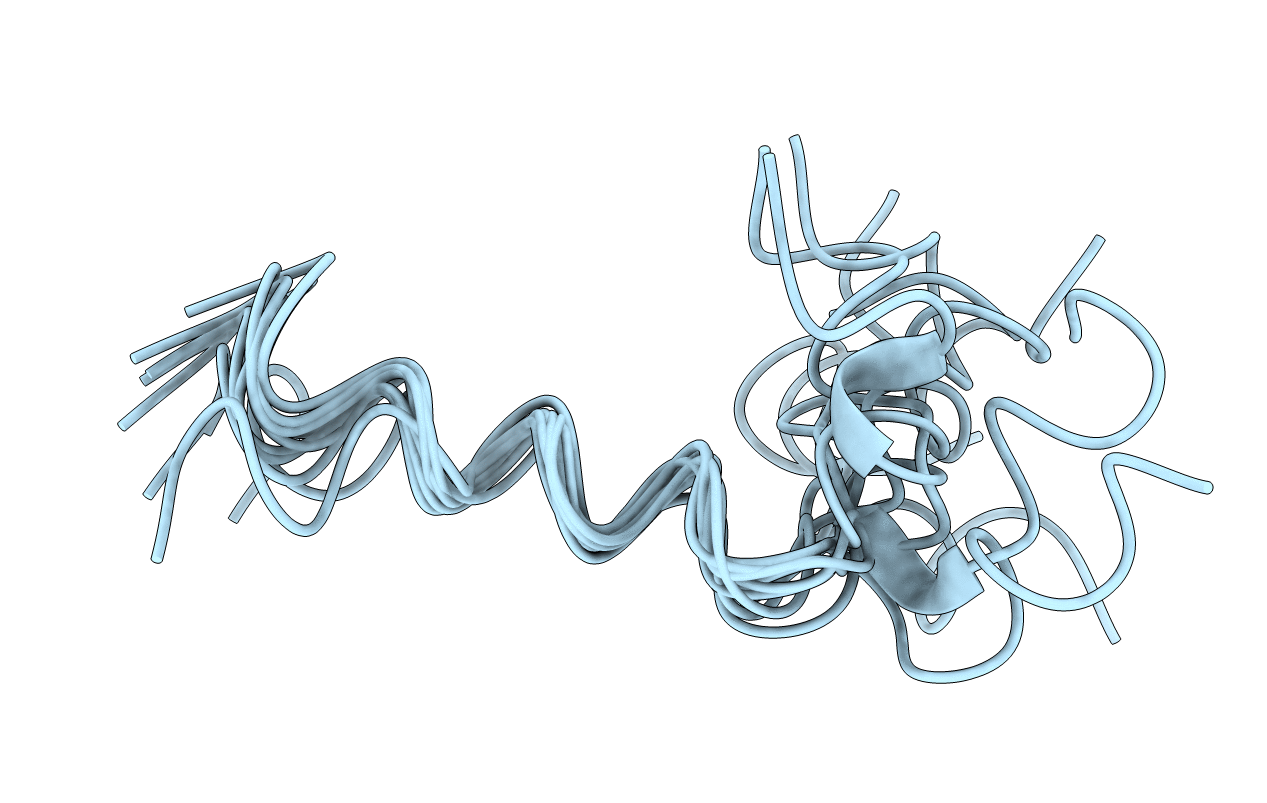
Deposition Date
2006-02-22
Release Date
2006-03-28
Last Version Date
2024-11-13
Entry Detail
PDB ID:
2G57
Keywords:
Title:
Structure of the Phosphorylation Motif of the oncogenic Protein beta-Catenin Recognized By a Selective Monoclonal Antibody
Biological Source:
Source Organism:
Method Details:
Experimental Method:
Conformers Calculated:
20
Conformers Submitted:
10
Selection Criteria:
structures with the least restraint violations


